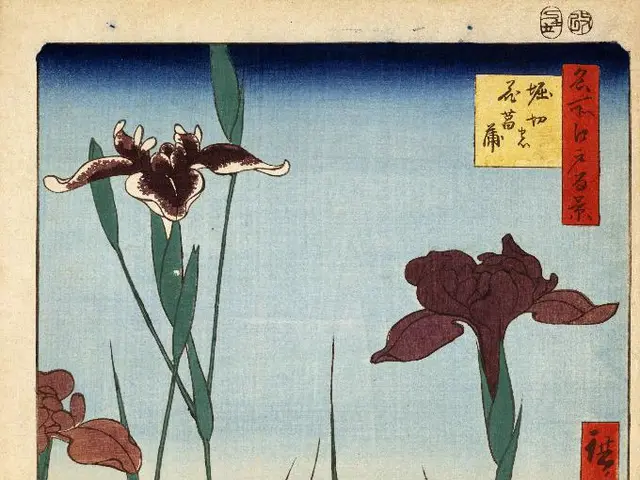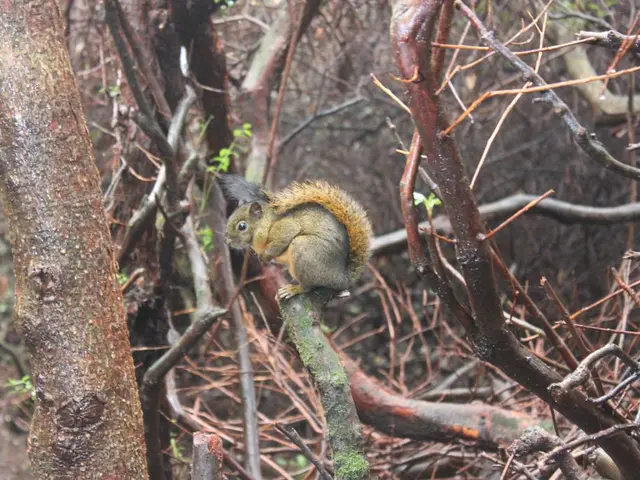Struggles of Vegetation in Nutrient-Deficient Ground
In the struggle for survival, plants growing in poor soil face unique challenges. They compete intensely for essential resources like nutrients, water, light, space, and pollinators. To thrive in these challenging conditions, plants have evolved a variety of strategies.
Below Ground: Nutrients and Water
Competition for scarce nutrients and water is fierce in poor soils. Plants adapt by developing extensive or efficient root systems. Some species form symbiotic relationships with soil microorganisms such as mycorrhizal fungi and nitrogen-fixing bacteria, which enhance nutrient uptake.
Root traits like finer roots and specific root lengths are adjusted to improve resource acquisition in nutrient-poor or compact soils. These adaptations are crucial for survival and competitive ability in resource-poor environments.
Above Ground: Light and Space
Above ground, competition centers on capturing sunlight and securing physical space to grow. Plants may grow taller, develop broader or more efficient leaves, or shade competitors to maximize light capture. Space is contested as plants require area for leaf expansion and growth, so physical crowding can limit light availability and reduce diversity.
Pollinators: Biotic Interaction
In environments where pollinators are limited, plants may compete by producing more attractive flowers or floral rewards and timing flowering periods to maximize visitation. Diverse plant arrangements can also influence pollinator behavior by mimicking resource patchiness natural to them.
Combined Strategies
In poor soils, plants coordinate above-ground leaf traits and below-ground root traits to optimize resource use under stress. Functional adaptations help certain species dominate under poor conditions, sometimes reducing overall plant diversity by outcompeting others.
The Impact of Poor Soil
Plants in poor soil compete intensely for essential nutrients such as nitrogen, phosphorus, and potassium. Plants with more aggressive root systems or deeper roots may outcompete their neighbors for water and nutrients.
Understanding the dynamics of plant-pollinator interactions is crucial for conserving plant diversity and maintaining ecosystem health. Plants with access to adequate pollination services have a higher chance of producing seeds and ensuring their survival and propagation.
The spacing and arrangement of plants within a community also influence the intensity of competition for shared resources. In hot and wet climates, the rapid decomposition and frequent rain leach nutrients, leaving the soil thin and lacking in vital substances. In cold climates, the decomposition of plant litter and dead organisms adds nutrients to the soil slowly, resulting in nutrient-poor soil.
In summary, plants growing in poor soil environments use a combination of morphological, physiological, and ecological strategies to compete for the most limiting resources both below and above ground, and to ensure reproductive success through pollinator interactions. This understanding is vital for designing sustainable agricultural practices and conservation strategies.
- Plants in poor soil might develop efficient root systems for better nutrient and water acquisition, and grow taller above ground to capture more light, thus combining morphological adaptations to optimize resource use under challenging conditions.
- In resource-poor environments, plants may modify their floral traits to attract more pollinators, while also adjusting root traits for improved nutrient and water absorption, leading to a balance between the environmental demands of both above- and below-ground resources.




